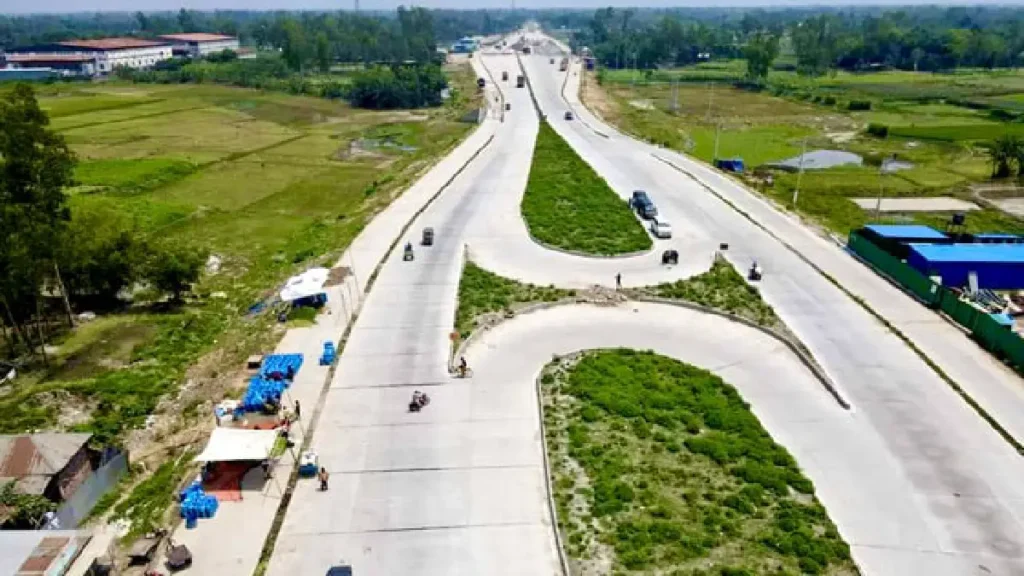Bangladesh is set to inaugurate its first smart highway on the Dhaka-Mawa Expressway in December 2023, with plans for a second one connecting Joydebpur with Rangpur expected to be commissioned in December of the following year. The primary aim of these projects is to enhance road safety through the implementation of an Intelligent Transport System (ITS), featuring vehicle detection systems, surveillance cameras, automated number plate recognition cameras, speed detection mechanisms, and variable messaging signs.
The 38-kilometer Dhaka-Mawa Expressway will serve as the pilot project for the ITS and is being developed with the assistance of South Korea’s KOICA under a Taka 126 crore plan. Meanwhile, work is underway to introduce this technology to the 250-kilometer Joydebpur-Rangpur highway, with support from the Asian Development Bank (ADB) involving a $15 million investment, with completion expected by December 2024.
The government’s motivation behind implementing this technology is to detect vehicles exceeding speed and weight limits, ensuring road safety and holding violators accountable. These initiatives align with the nation’s goal of advancing highway surveillance to match developed countries. The Joydebpur-Rangpur smart highway is part of a regional highway construction project under the South Asia Sub-regional Economic Cooperation (SASEC) framework, which includes Bangladesh, Bhutan, India, Maldives, Myanmar, Nepal, and Sri Lanka.
National Development Engineers (NDE), a Bangladeshi infrastructure firm, in collaboration with Chinese firm Fiber Home Telecommunication Technologies Co Ltd, is responsible for implementing the Joydebpur-Rangpur smart highway, while Bangladeshi IT firm National Tech has been awarded the contract for the Dhaka-Mawa Expressway.
The project envisions the establishment of a central Traffic Management Centre (TMC) in Mirpur, Dhaka, along with three regional TMCs in Tangail, Bogura, and Rangpur. These centers will monitor the entire highway through the ITS system, including a Vehicle Detective System (VDS) to detect accidents and other obstacles promptly. Surveillance cameras and Automated Number Plate Recognition (ANPR) Cameras will help identify traffic rule violators and those exceeding load and speed limits.
The technology will also include LED-enabled Variable Messaging Signs (VMS) on gantries along the highway to provide advance warnings of road hazards or diversions due to accidents. Additionally, a Weigh in Motion (WIM) system will be implemented at various points on the highway to prevent overloaded trucks, a common cause of accidents in Bangladesh.
To ensure strict compliance with load limits, three Axle Load Control Centres will be established at Pakulla in Tangail, Mahasthangarh in Bogura, and Islampur in Rangpur. Trucks exceeding permitted limits will not be allowed to exit these control stations.
In summary, the Intelligent Transport System (ITS) is poised to enhance road safety in Bangladesh by using advanced technology to detect and respond to traffic violations and accidents promptly. Such initiatives are essential to address the country’s high rate of road accidents, often attributed to overloaded trucks.

